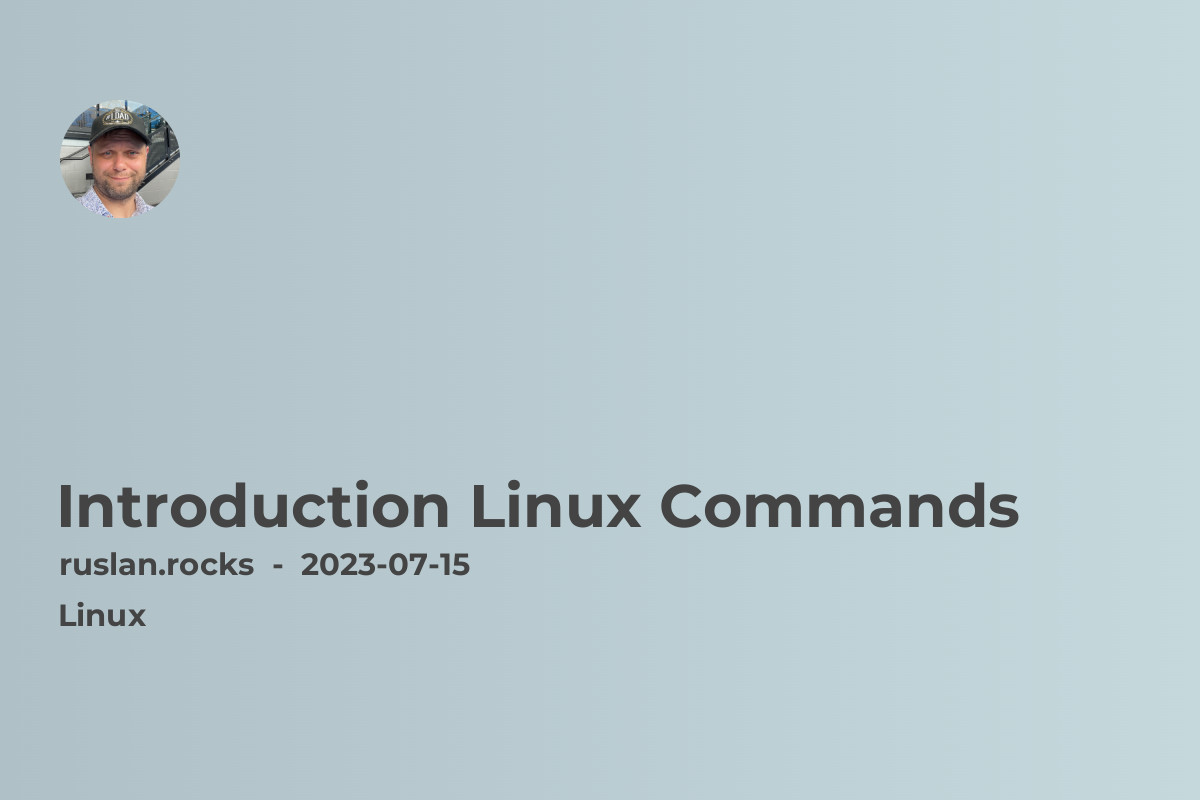- Navigating the Linux File System
- Working with Files and Directories
- Managing Processes
- Advanced Command Features
- Recommended Related Topics

Linux commands are essential for anyone diving into the world of Linux operating systems. Whether you're a beginner or an experienced user, understanding Linux commands is crucial for navigating and managing your system efficiently. In this article, we will explore some of the most fundamental Linux commands and their functionalities. So, let's get started!
Navigating the Linux File System
The Linux file system is a hierarchical structure, similar to navigating through folders and directories on your computer. To move around and explore your Linux system effectively, you need to familiarize yourself with a few key commands.
cd - Change Directory
To move from one directory to another, use the cd command followed by the directory you want to navigate to.
ls - List Files and Directories
To view the contents of a directory, use the ls command. It will display the files and directories within the current directory.
pwd - Print Working Directory
To know your current location within the file system, use the pwd command. It reveals the absolute path of the directory you're currently in.
Working with Files and Directories
Creating, copying, moving, and deleting files and directories are common tasks when working with Linux. Familiarize yourself with these commands to perform these operations effortlessly.
mkdir - Make Directory
To create a new directory, use the mkdir command followed by the name of the directory you want to create.
touch - Create a File
To create a new empty file, use the touch command followed by the name of the file you want to create.
cp - Copy Files and Directories
To copy files or directories from one location to another, use the cp command followed by the source and destination paths.
mv - Move Files and Directories
To move files or directories from one location to another, use the mv command followed by the source and destination paths.
rm - Remove Files and Directories
To delete files or directories, use the rm command followed by the name of the file or directory you want to remove.
Managing Processes
Linux provides powerful tools for managing processes, allowing you to control running programs and optimize system performance.
ps - Process Status
To view the status of running processes, use the ps command. It displays information such as process IDs (PIDs), memory usage, and CPU usage.
kill - Terminate a Process
To terminate a process, use the kill command followed by the process ID (PID) of the program you want to stop.
top - Monitor System Activity
To get an overview of system activity, including running processes and resource usage, use the top command. It provides real-time information and can help diagnose performance issues.
Advanced Command Features
Linux commands offer various advanced features that can enhance your productivity and efficiency. Let's explore a few of them.
Redirection with > and >>
To redirect command output to a file, use the > symbol followed by the desired file name. You can also append output to an existing file using >>.
Piping with |
To redirect the output of one command as input to another command, use the | symbol. This allows you to chain commands together and perform complex operations.
Command History with history
To view a list of previously executed commands, use the history command. You can recall and reuse commands from the history.
File Permissions with chmod
To change the permissions of files or directories, use the chmod command. It allows you to control who can read, write, and execute files.
Recommended Related Topics
While exploring Linux commands, you may find the following articles on our website helpful:
-
Bash Command Not Found - Troubleshooting solutions for when the bash command is not found.
-
Common Linux Commands for Beginners - An introduction to everyday Linux commands for beginners.
-
Working with Permissions in Linux - Learn how to manage file permissions in Linux.
-
Working with Linux Processes - Dive deeper into managing and troubleshooting processes in Linux.
-
Useful Command Line Shortcuts - Discover handy shortcuts to boost your productivity on the command line.
By exploring these related topics, you can expand your knowledge and become more confident in using Linux commands effectively.
In conclusion, Linux commands are the backbone of Linux system administration. By mastering these fundamental commands and their functionalities, you'll be able to navigate, manage files, control processes, and perform advanced operations with ease. So, start exploring and harness the power of Linux commands to enhance your productivity and efficiency.
